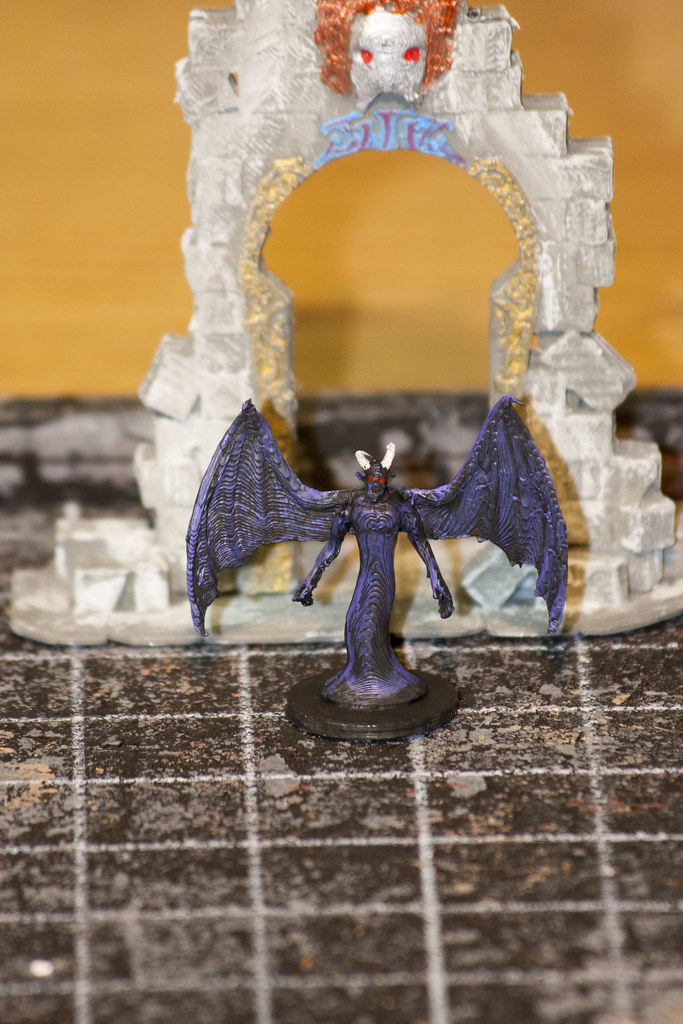

- #Free 3d print terrain series
- #Free 3d print terrain download
- #Free 3d print terrain free
Buildings and Topography are the important ones.
You can choose to keep all the layers, which will require more cleanup and tuning to get right, or you can keep the main ones to get it printable. Under the “Window>Default Tray” Toolbar, make sure “Layers” is selected so you can see and select the layers within the map. #Free 3d print terrain download
When it’s completed, download the finished file and open it up using SketchUp 2015 or newer.Click “Create File” and CadMapper will begin merging all the data it needs to create a workable 3D model.Export using SketchUp 2015+, select to include 3D Buildings, and set false height to 20 meters, check the box for Topography, and Road Geometry is up to you (mesh surfaces will allow you to extrude the roads but to make them printable will take a lot more work to make them ready for that).
#Free 3d print terrain free
The free version limits you to one square kilometer, but you can select between 1 and 100 square kilometers for $6 to $65.
Zoom in and out, drag the corners of the selection box, and pan the viewport to change your selection of map you’d like to download. Conveniently, there’s a website that can convert the data from Google Maps, NASA, and the US Geological Survey to create a much more accurate cityscape with included topography. It knows that there are buildings, where they are, where the roads are, how many lanes, but San Francisco’s landscape (a notoriously hilly city) would look exactly the same as Houston (one of the flattest cities in the US). The data that is gathered by Google Maps does not include any sort of topographical data. There’s a lot that goes into it, but in the end, you will have a fairly detailed and really fun model that you can print and modify as you desire. Use the Z plane cut to cut off the bottom of the land and make it completely flat and if you desire, use the extruded surfaces tool again to thicken the base). Do another Extended Repair to merge it with the rest of the model and apply the repair if it all looks good (I opt to not remove the old part in case I need to go back for repair. Manually select the bottom surfaces of each of these shells, then extrude them down far enough to stick into the land. This will make it easier to see the other shells that are not connected Use the “Select Shells” tool to select the mostly finished model, then right-click and hide triangle. This would mean you have buildings that aren’t attached yet, or your building has overhangs on it that need removing. Look at the model from the bottom and check to see if you can see any blue triangles. Click the left side of the box next to the Z Cut Plane slider, this will hide anything below the cut plane. If you’re lucky, you have one shell and everything looks right, however, odds are your model needs a little more repairing. Now that the land has thickness, click “Run Repair Script” and “Extended Repair.” Netfabb will attempt to merge all the shells into one model, rather than one with many individual parts. Change “Shift” to 100mm (positive or negative, whichever way extrudes it away from the buildings). Click the “Extrude Surfaces” tool and make sure the “3D-Extrude” tab is selected and “Smooth” and “Thickening” options are selected as well. Use the surface selection tool to select the land below all the buildings. Select the city section that you want to keep and open up the repair tool. Using the plane cut sliders, remove the features that extend past the part of your city that you want to keep, like the highways and jagged edges where the map ends. You need to delete some of the artifacts from the scenery that couldn’t be translated properly and make the finished mesh printable. Open up Netfabb and import the Obj file. At this point you wouldn’t want to print it either this model will need quite a bit of cleanup. From OSM2World, you can export an Obj file, which some slicers can’t interact with and will need conversion. After a minute or so, you should see a 3D model of your city. 
Once installed, open OSM2World and import the map.osm file you exported already.This will utilize the data within Google Maps to create 3D models of the area seen in the viewport. Go to and find the location that you want to 3D print.I wanted to start off with something that was a recognizable landscape or held some significance for MatterHackers, so I’ll use New York City, specifically the area around the Empire State Building and some portion of Downtown Los Angeles.
#Free 3d print terrain series
I was able to find a couple of different methods, both free and paid for that worked okay, but the best I could find for my purposes was using a series of different programs to convert data from Google Maps.






 0 kommentar(er)
0 kommentar(er)
